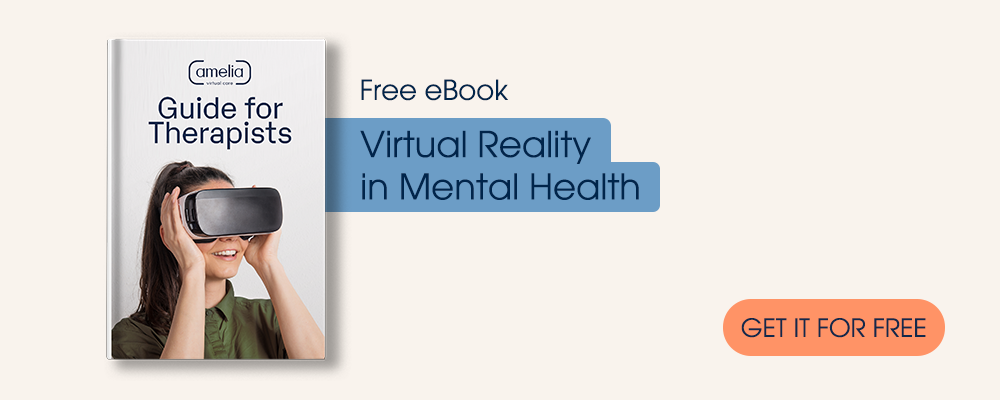Mindfulness is a practice that has been shown to have many benefits for adults, including reducing stress and anxiety. However, many people don’t realize that mindfulness is excellent for children as well. Mindfulness can help kids learn how to focus their attention, manage their emotions, and develop compassion for themselves and others. In this article, we will discuss why mindfulness is essential for kids and how virtual reality can be used to help teach them how to practice mindfulness.
Mindfulness has many mental health benefits for kids
Mindfulness has been shown to provide a range of benefits for kids, including:
- Improved focus and concentration
- Better emotional control
- Stronger self-awareness
- Greater resilience in the face of stress or adversity
A study in the Journal of Children’s Services found that mindfulness benefits several mental functions in kids, including mood, self-esteem, self-regulation, positive behavior, and academic learning.
By learning to manage their thoughts and emotions, kids can learn to manage stress and anxiety more effectively. In addition, mindfulness can help kids develop a strong sense of self-identity and self-worth, which can be beneficial in adolescence and beyond. Mindfulness can also help kids to become more compassionate and understanding towards others.
By teaching kids to be mindful, we can help them cultivate a sense of calmness and inner peace that will serve them well throughout their lives.
Why teach children to practice mindfulness?
Mindfulness can help children in so many ways. When we teach children to be mindful, we teach them to be present in the moment. Mindfulness can help children to focus and pay attention. It can also help them to regulate their emotions. Mindfulness can help children to be more patient and to manage their stress.
There are many benefits of mindfulness for children, but one of the most important ones is that it can help children learn how to be happy. When children are happy, they are more likely to succeed in school and other aspects of life. Mindfulness can also be a family activity, as parents are often encouraged to practice mindfulness with their kids.
Mindfulness is a skill that we can all learn. And it is never too early to start teaching children how to be mindful. It is one of the most important life skills that they can learn.
Guided meditation is a popular VR option for kids
Using virtual reality in children is nothing new. Kids love the gaming aspect of virtual reality and tend to engage with it more than traditional intervention methods. One of the most effective mindfulness techniques children can learn is guided meditation.
Guided mediation is a form of mindfulness where you focus on your breath and allow yourself to be present at the moment. Children can practice this by sitting in a comfortable position and concentrating on their breath. They may also want to focus on a particular object or picture. Once they have chosen something to focus on, they should allow their minds to wander and simply observe the thoughts. If the child becomes distracted, they should simply refocus on their breath and the object or picture they are focusing on. This exercise can help children learn to focus and stay in the present moment. It can also help them become more aware of their thoughts and emotions.
Virtual reality can help kids learn mindfulness by providing them with a safe and controlled environment to explore their emotions. VR allows kids to experiment with different mindfulness exercises in a fun and stimulating way. Additionally, VR can help kids to develop self-awareness and emotional intelligence.
The Amelia VR platform has more than 70 virtual environments, including mindfulness exercises for children. If you’re interested in learning how other mental health professionals have utilized Amelia’s virtual reality tool to help patients. If you’re interested in implementing VR into your practice, contact us for a free demo.












